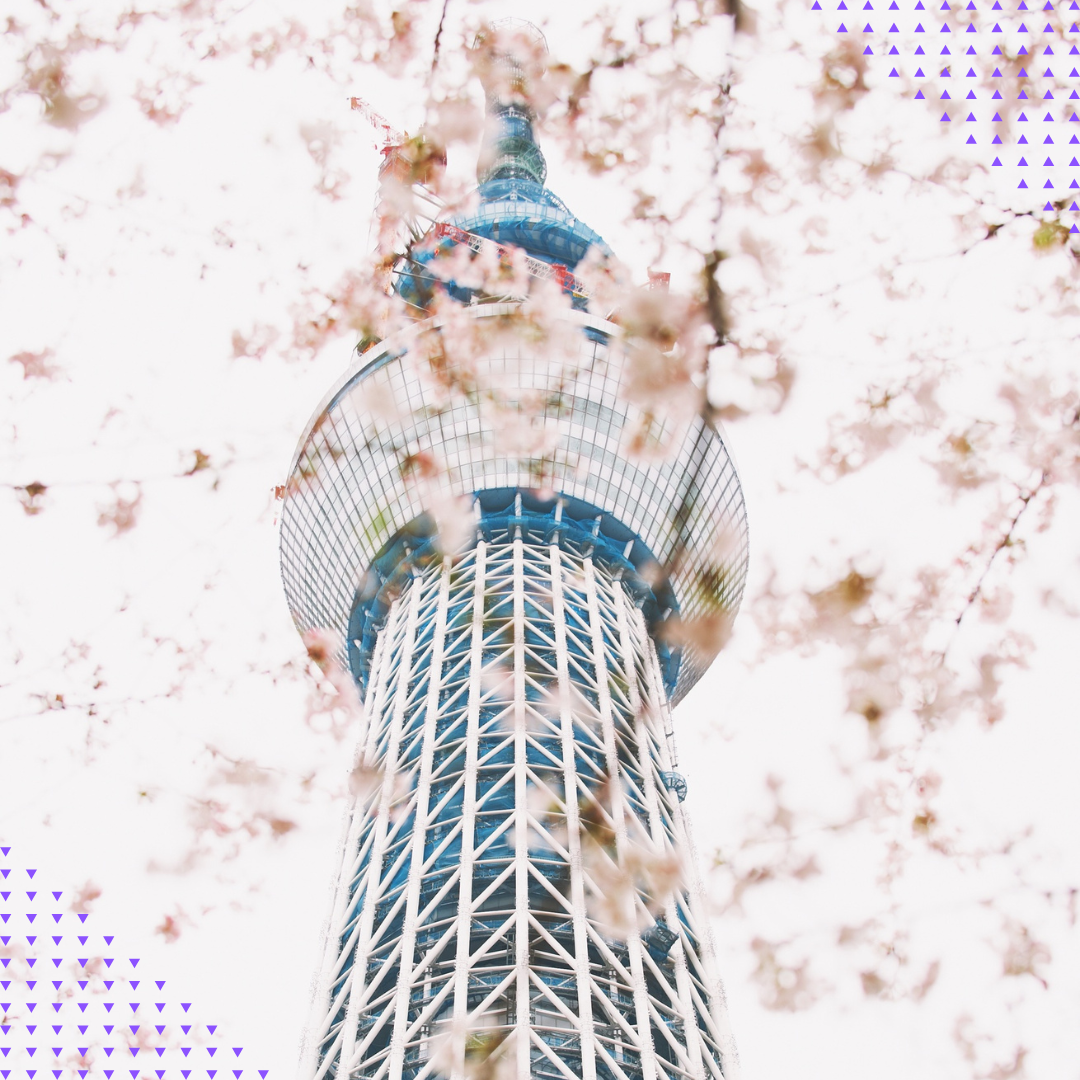- Home
- Prefecture
Tokyo Travel Guide
Your go-to guide for Tokyo’s top sights, local food, neighborhoods, transportation, and travel tips.

Food, Culture, Neighborhoods & Local Tips
I’ve been living in Tokyo for 10 years now, and this city still surprises me every single week.
There’s always something new to discover – a neighborhood I haven’t fully explored, a seasonal festival I didn’t know about, or just a different way of experiencing places I thought I knew well.

This is what I love about Tokyo – you can spend a decade here and still feel like you’re just getting started.
You’ll definitely want to see the famous spots like Shibuya crossing and Harajuku – they’re popular for good reason. But Tokyo also has so many quieter neighborhoods and local experiences that can be just as rewarding to explore.
I’m not going to lie – I’ve made every tourist mistake possible. I’ve overpaid for things in touristy areas, gotten completely lost trying to navigate the subway system, and spent money on activities that weren’t worth it. But I’ve also had some incredible experiences that most visitors never find.
Tokyo rewards curiosity. Some of my best discoveries have happened when I took a random train to a neighborhood I couldn’t pronounce, walked down an interesting-looking street, and trusted my instincts.
This guide comes from years of actually living here, exploring here, and making mistakes here. I’ll share what I’ve learned about getting around, what to expect, and how to make the most of your time here.
Whether you’re here for three days or three weeks, I want to help you experience Tokyo the way I’ve learned to love it – one incredible discovery at a time.
Getting Around Tokyo: Your Complete Transportation Guide
The Tokyo Metro & JR Lines – Your Main Lifelines
The backbone of Tokyo’s transportation is the combination of Tokyo Metro lines and JR (Japan Railway) lines. These two systems will get you virtually anywhere you want to go.
Tokyo Metro covers most of the central areas where you’ll likely spend your time – places like Shibuya, Harajuku, Ginza, and Asakusa. The lines are color-coded and clearly marked in English, making it pretty straightforward once you know the basics.
JR Lines include the famous Yamanote Line, which is basically a loop that connects all the major areas like Shinjuku, Shibuya, Tokyo Station, and Ueno. I use the Yamanote Line constantly because it hits so many food districts – you can go from the ramen shops in Shinjuku to the sushi counters in Ginza in about 20 minutes.
The trains run incredibly frequently (every 2-4 minutes during peak times), and they’re almost always on time. I’ve learned to plan my restaurant reservations around this reliability.
IC Cards – Your Golden Ticket
Get an IC card immediately when you arrive. I cannot stress this enough – it will save you so much time and hassle.
You can choose between a Suica (JR’s card) or Pasmo (Tokyo Metro’s card), but honestly, they work exactly the same on all trains and buses. Load it up with money at any station machine, and just tap in and out. No need to figure out individual ticket prices or stand in line.
The best part? You can use these cards at convenience stores, vending machines, and many restaurants too. I use mine dozens of times a day.
Taxis – When You Want to Splurge
Tokyo taxis are clean, safe, and the drivers are incredibly professional, but they’re definitely pricey. Expect to pay around 700-800 yen just to start, then about 300-400 yen per kilometer.
I usually only take taxis late at night when the trains stop running (around midnight), or when I’m carrying too many food purchases from places like Tsukiji Market. The doors open and close automatically, which was pretty amusing the first time I experienced it.
If you’re going to a specific restaurant, have the address written in Japanese or show a map on your phone – not all drivers speak English, but they’re always helpful.
Buses – The Scenic Route
Tokyo’s bus system is extensive, but I’ll be honest – I rarely use it unless I’m going somewhere specific that’s not convenient by train. The buses are clean and punctual, but they can get stuck in traffic, and the route maps can be confusing even for locals.
That said, if you’re staying in areas like Roppongi or heading to some of the more residential neighborhoods where great local restaurants hide, buses can be your best option. The fare is usually a flat 210 yen for adults.
Walking – Don’t Underestimate It
One thing I learned quickly is that Tokyo is incredibly walkable, especially in the central areas. Some of my best food discoveries have happened just by wandering between stations.
For example, the walk from Shibuya to Harajuku takes about 15 minutes and passes through some fantastic side streets with tiny restaurants and cafes. Same goes for exploring the alleys around Shinjuku or the traditional streets near Asakusa.
Wear comfortable shoes and don’t be afraid to take the scenic route – you’ll stumble upon places that aren’t in any guidebook.
Bike Rentals – For the Adventurous
If you’re feeling brave, renting a bike can be a fun way to explore, especially in flatter areas like around the Imperial Palace or in residential neighborhoods. Just be aware that bike lanes aren’t always clearly marked, and you’ll need to follow Japanese traffic rules.
I’ve done this a few times when I wanted to check out multiple ramen shops in one area – it’s definitely faster than walking, and you can easily stop whenever something catches your eye.
Tips From Experience
Download Google Maps offline – it works perfectly with Tokyo’s transit system and will show you exactly which train to take and which exit to use.
Rush hour is real – try to avoid traveling between 7-9 AM and 5-7 PM if possible. The trains get incredibly crowded, and it’s not fun when you’re trying to enjoy your day.
Last trains – most lines stop running around midnight, so plan accordingly if you’re out for a late dinner.
Station exits matter – major stations like Shinjuku have dozens of exits. Always check which exit is closest to your destination to save yourself a lot of walking.
Tokyo’s transportation system might seem complex at first, but it’s honestly one of the city’s greatest assets. Once you get comfortable with it, you’ll realize how easy it is to explore different neighborhoods and discover amazing food spots.
I’ve never felt limited by transportation when hunting for the perfect meal – whether it’s a tiny yakitori stand in a residential area or a high-end sushi counter in Ginza, the trains will get you there efficiently and affordably.
The key is just to start using it. Get that IC card, download the maps, and don’t be afraid to explore. Some of my most memorable meals have come from taking a random train to a neighborhood I’d never been to before.
What transportation questions do you have? Let me know in the comments – I’m always happy to help fellow food adventurers navigate this amazing city!
Markets and Street Food in Tokyo Worth Your Time
Tokyo’s markets are full of flavor, energy, and everyday local life—if you know where to look. From sushi breakfasts at Tsukiji to grilled skewers under the train tracks at Ameyoko, you’ll find small bites worth seeking out.
Try ningyo-yaki (small sponge cakes filled with red bean paste), sweet omelets made fresh in front of you, or perfectly crisp fried chicken from convenience stores. Whether you’re in a backstreet market or a department store basement, Tokyo’s casual food scene is quietly incredible.
Get Updates
Sign Up
To Our Newsletter
Duis aute irure dolor in reprehenderit in vol uptate velit esse cillum dolore eu fugiat nulla pariatur occaecat.
